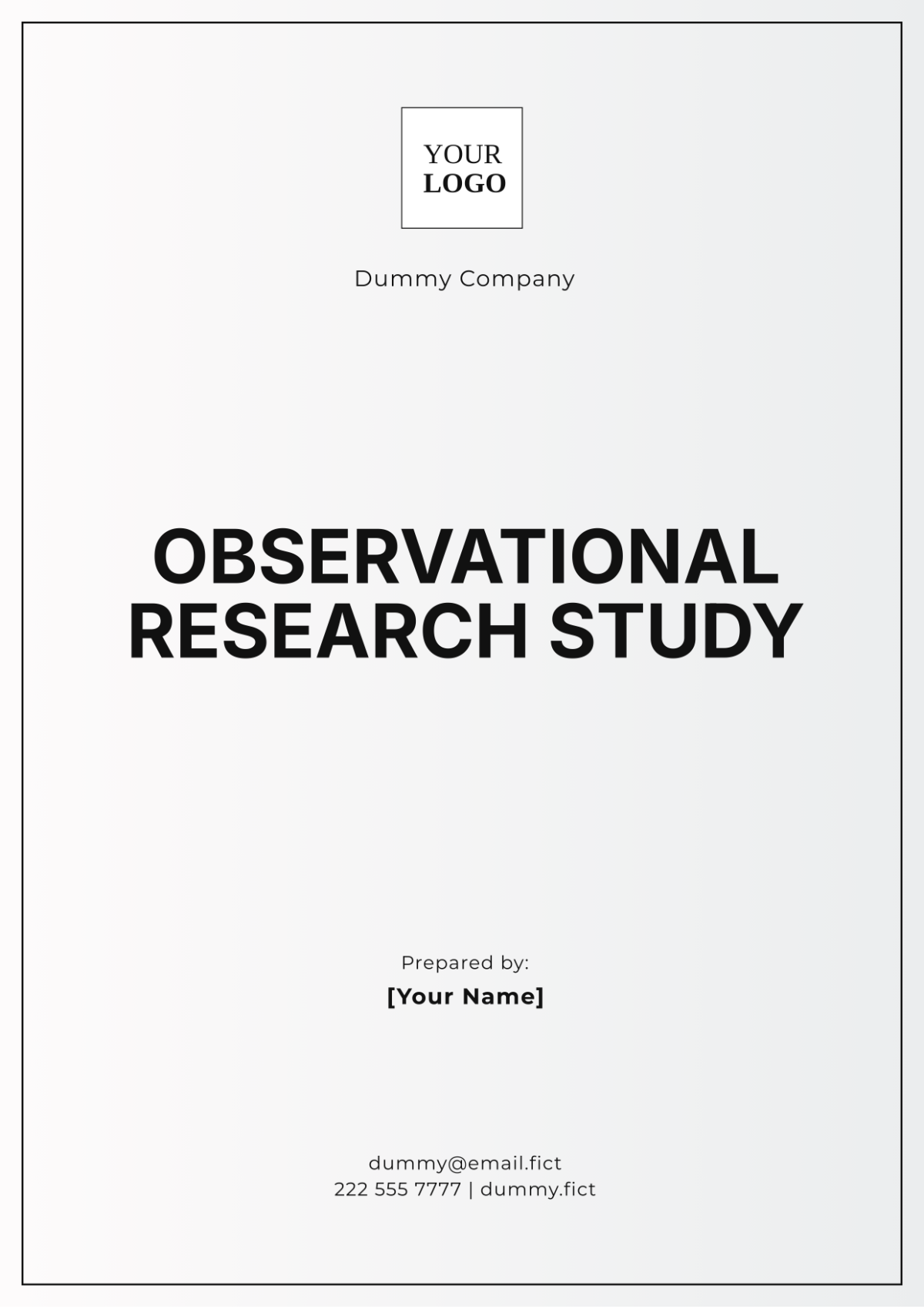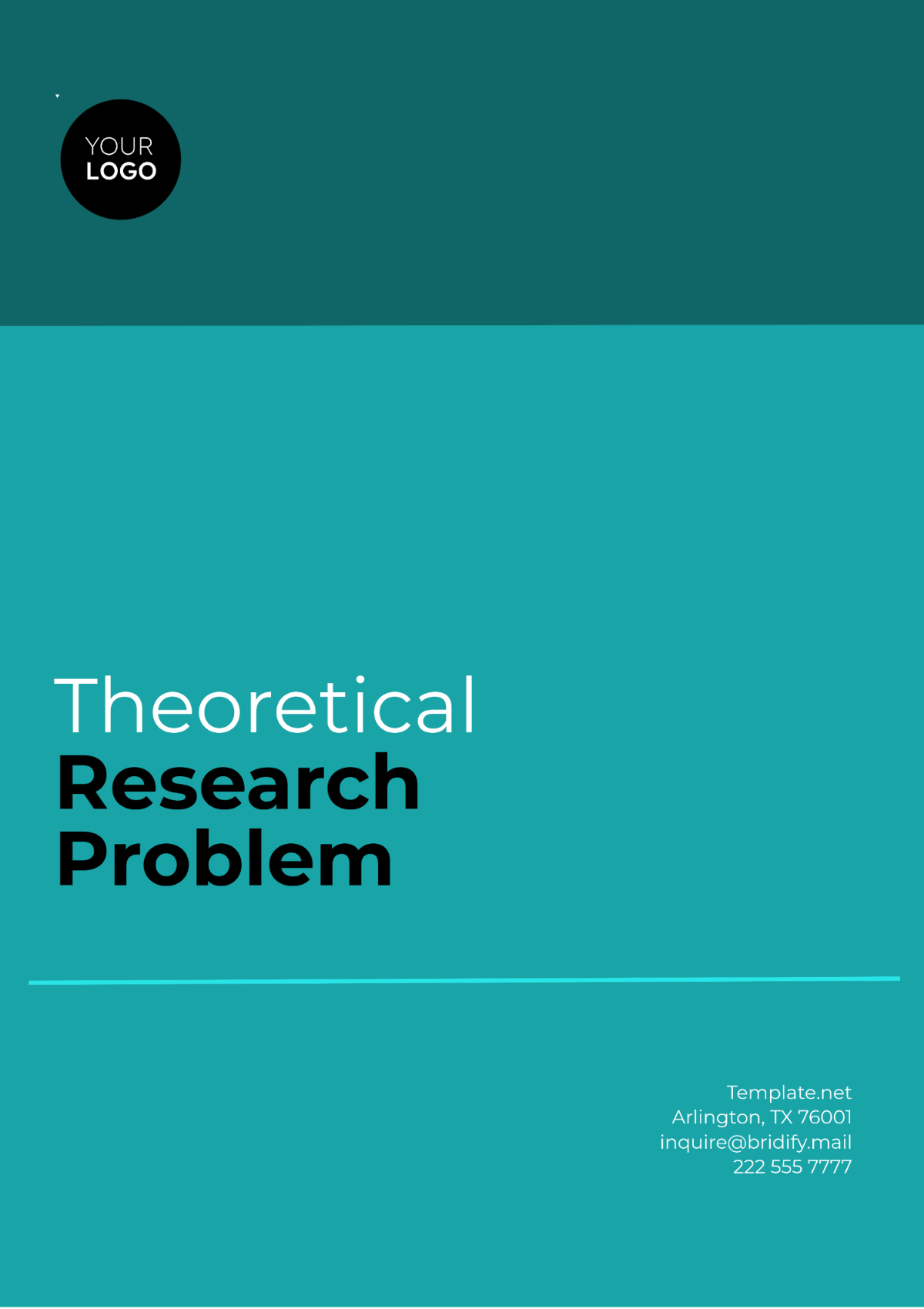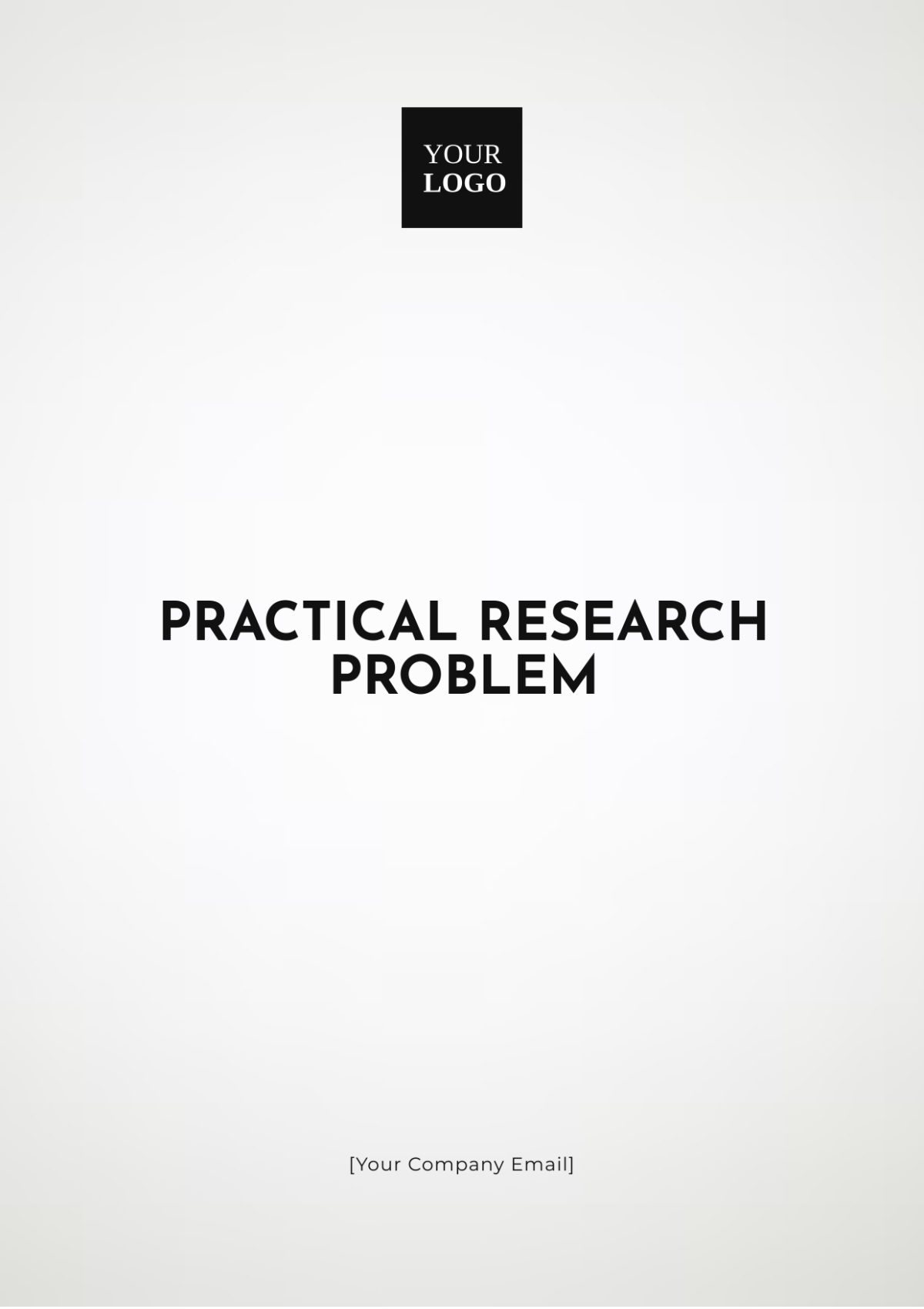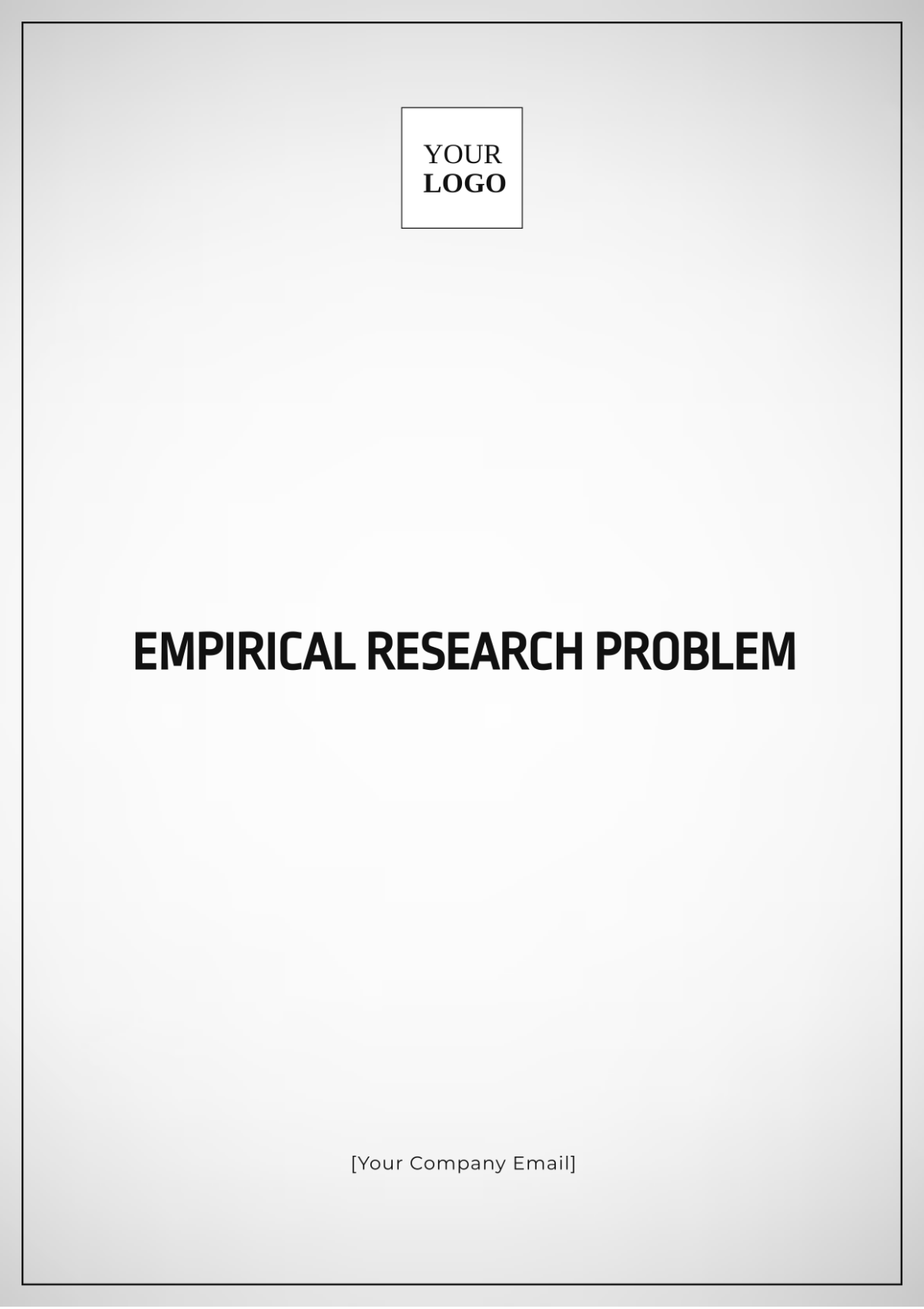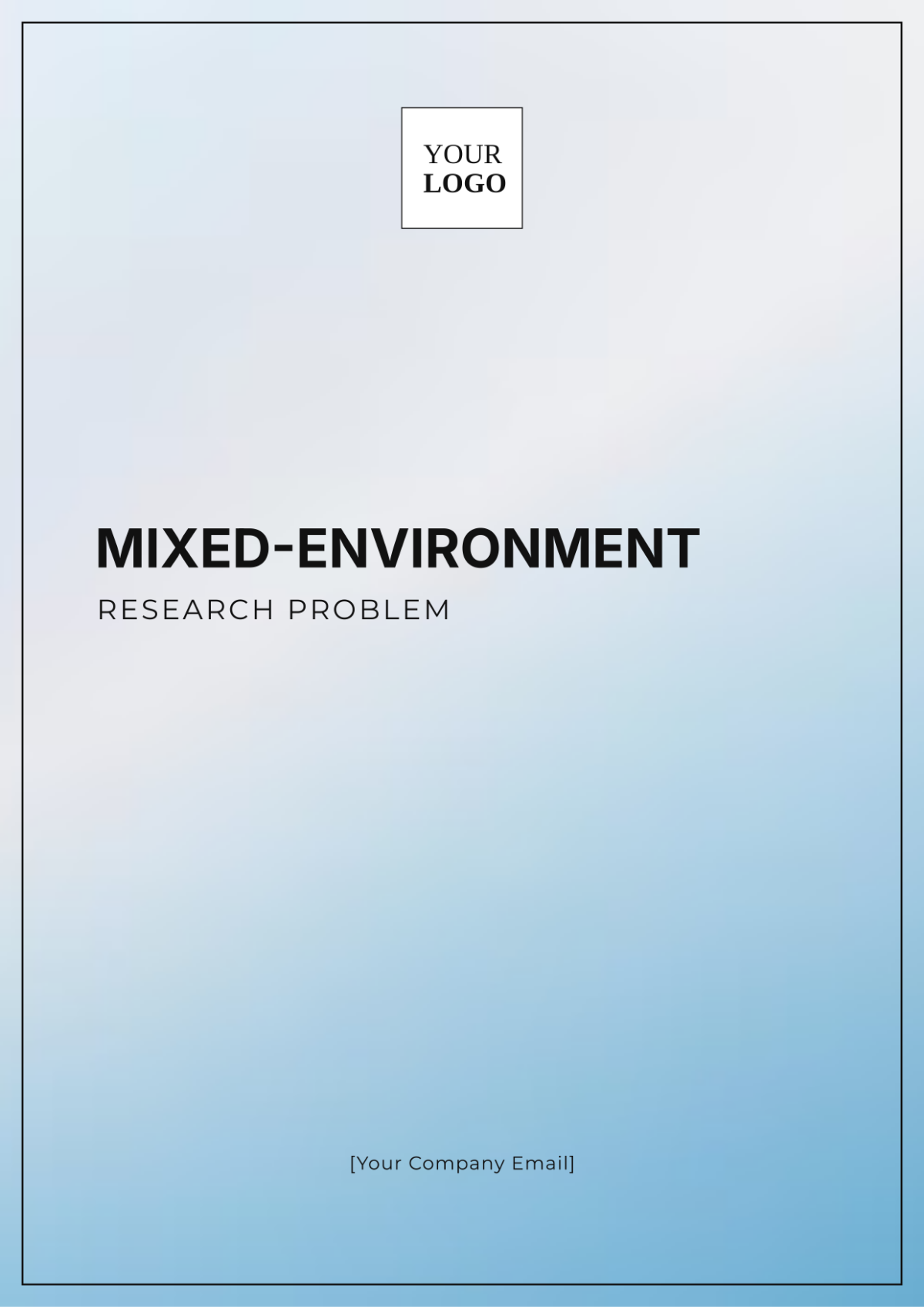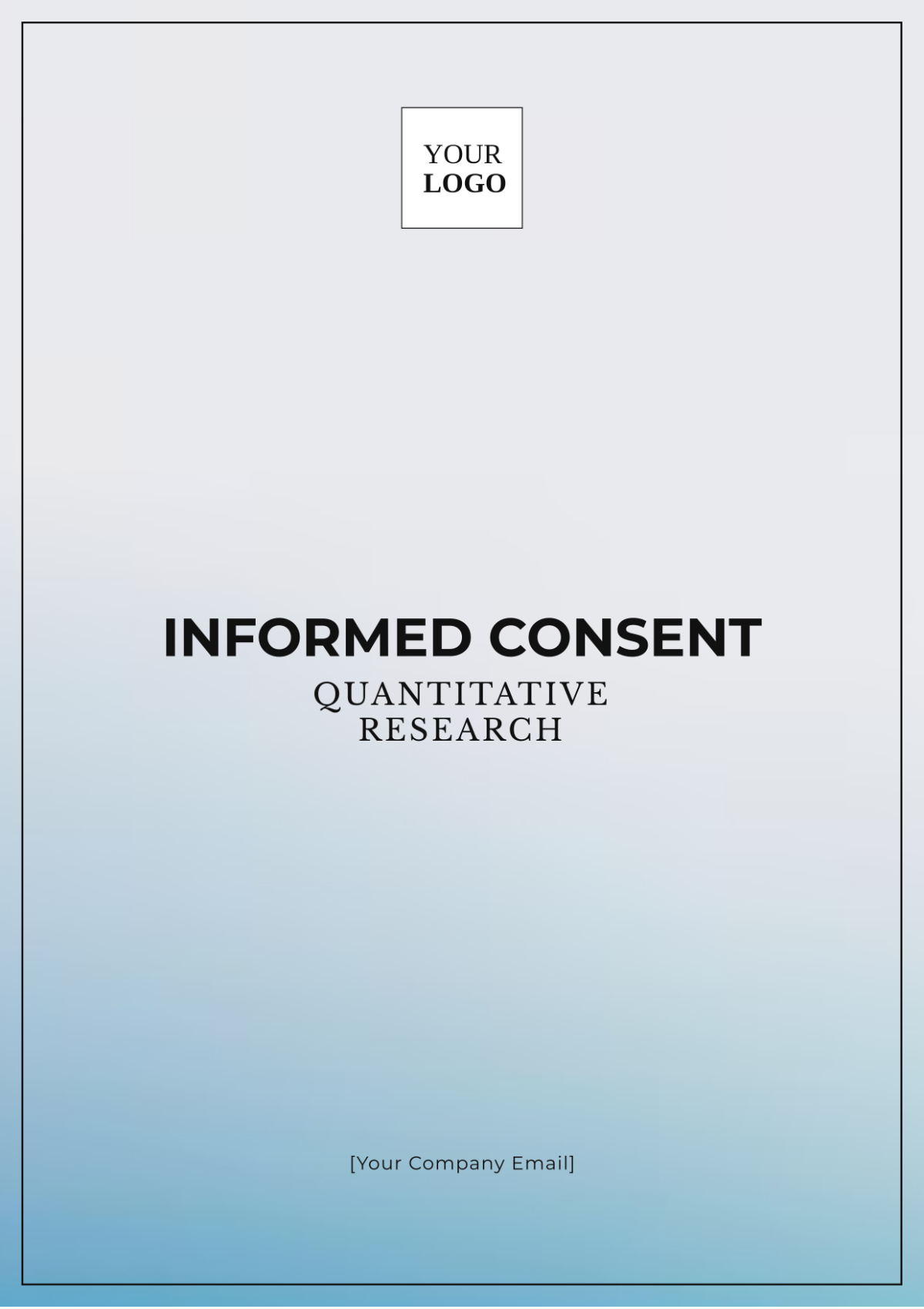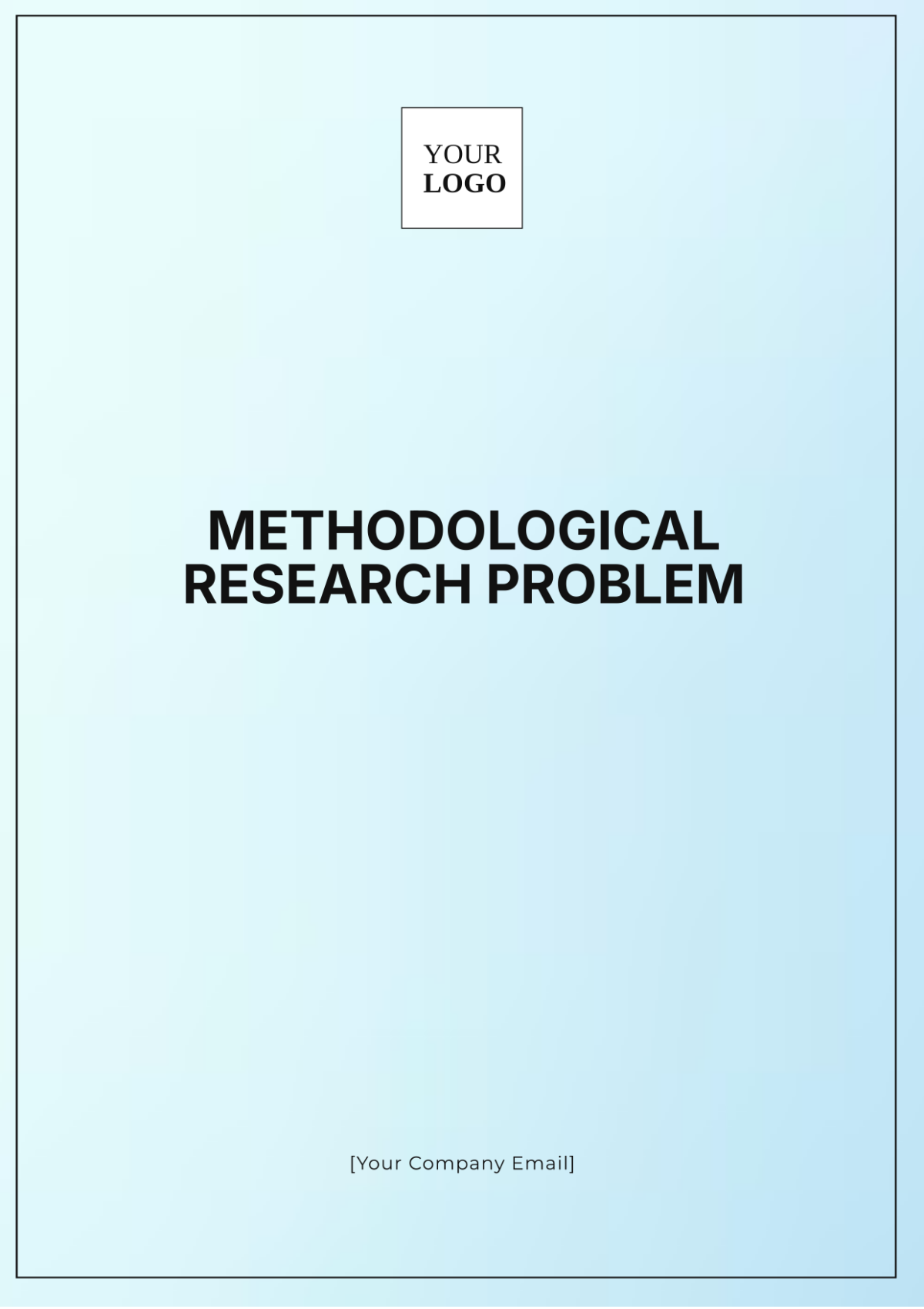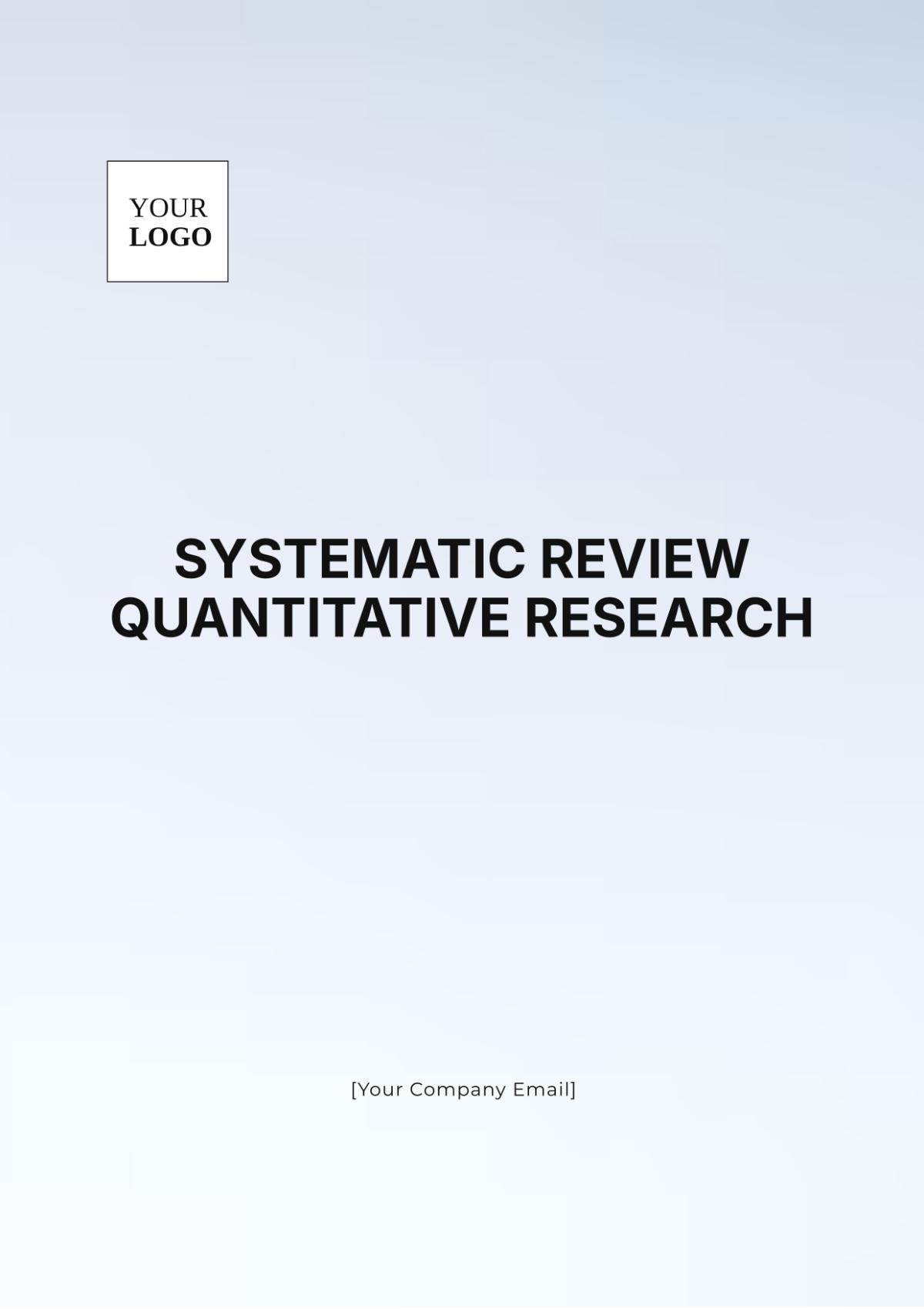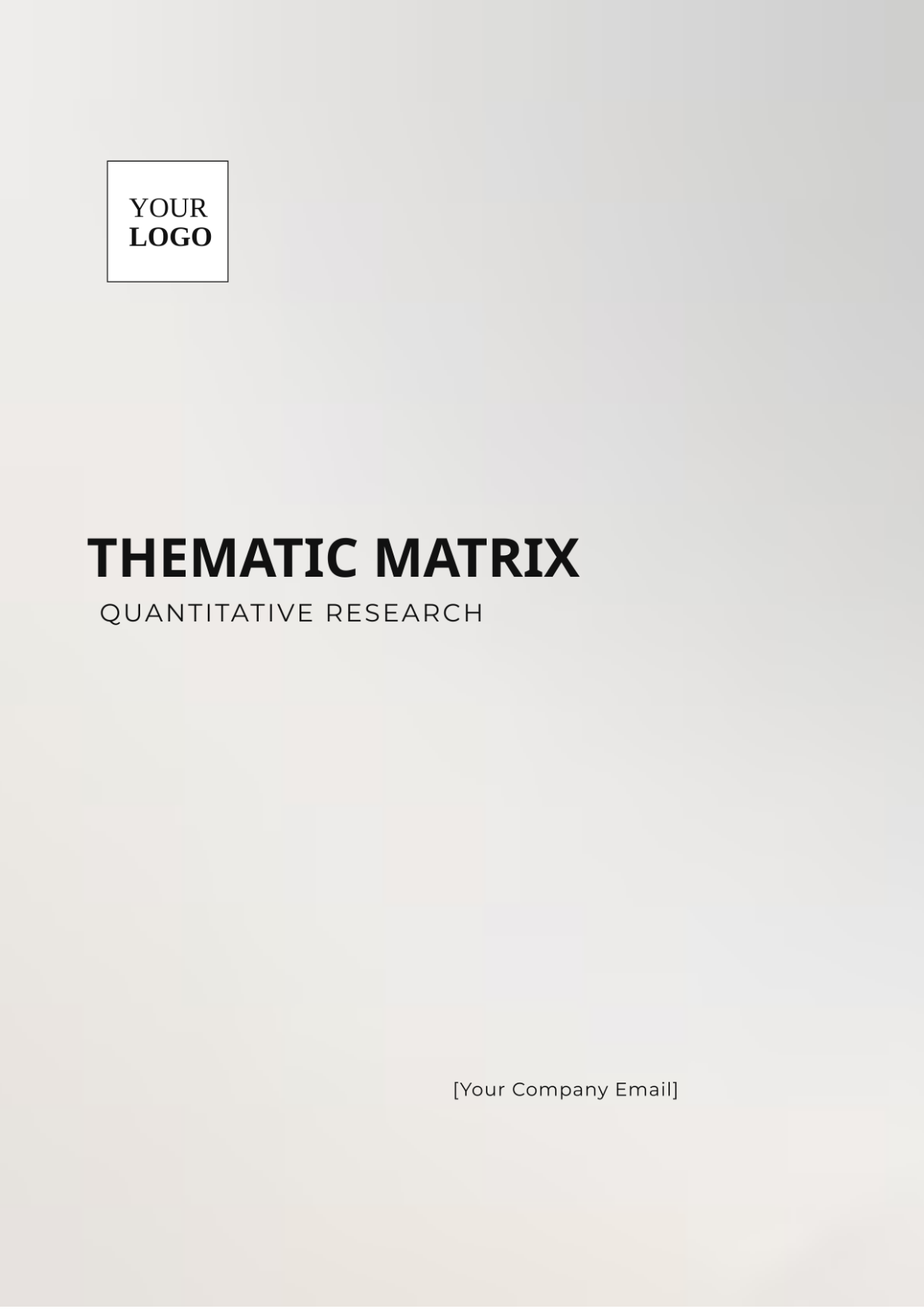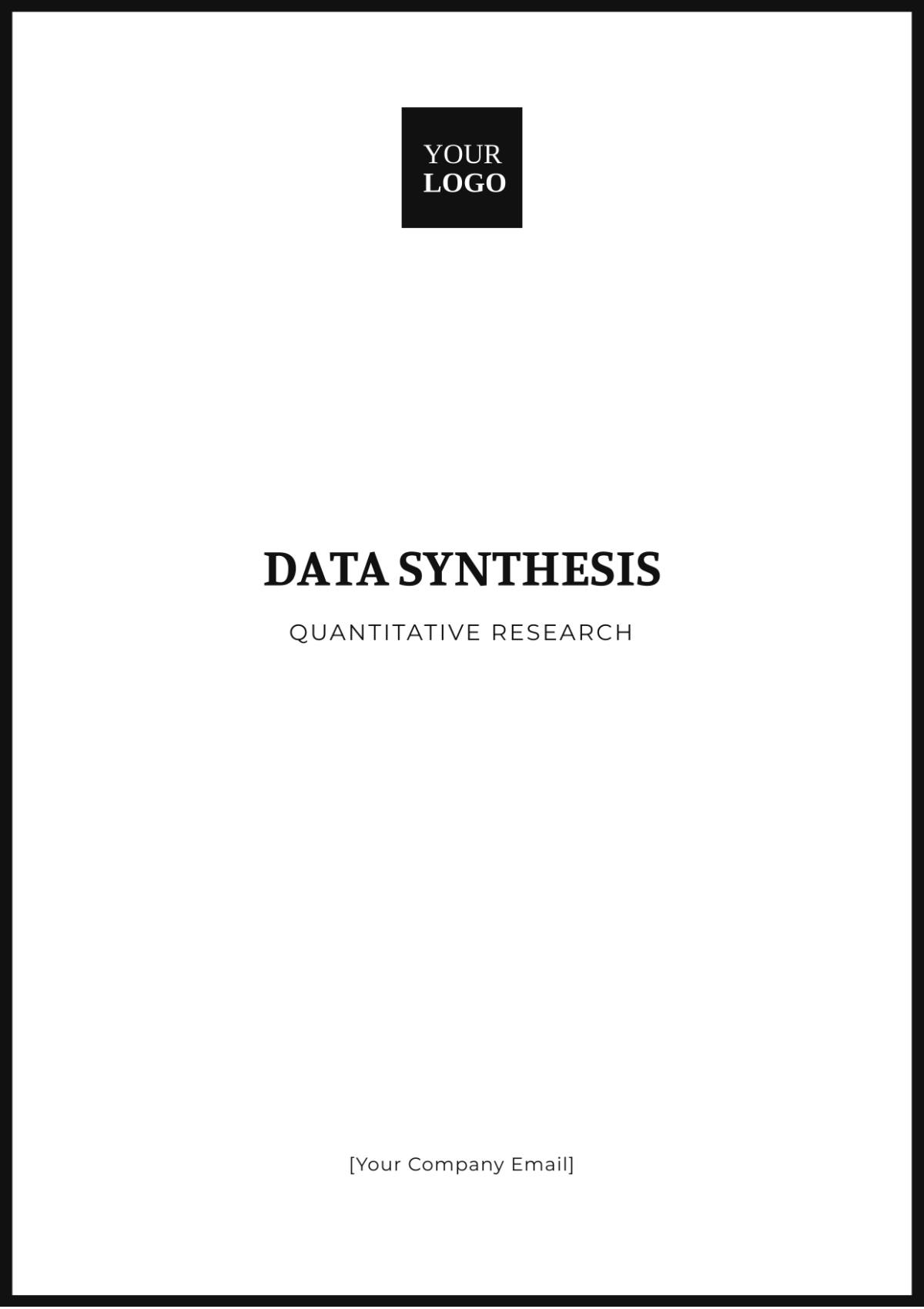Experimental Research Methodology
Prepared by: [Your Name]
Date: [Date]
I. Introduction
This study explores the impact of ambient noise levels on students' academic performance within digital learning environments. As online education becomes increasingly prevalent, understanding how environmental factors like noise influence learning outcomes is essential. This research investigates whether students' academic performance varies between quiet and moderately noisy study environments. The central hypothesis is that students in quieter environments will demonstrate superior academic performance compared to those in noisier settings.
II. Literature Review
II.I Background on Digital Learning Environments
Digital learning environments, including virtual classrooms and online courses, have transformed education by offering greater flexibility and accessibility. However, these platforms must address various factors that affect learning, such as ambient noise. Effective digital learning environments are designed to minimize distractions and optimize student engagement, yet the impact of ambient noise remains a critical, underexplored area.
II.II Impact of Ambient Noise on Cognitive Performance
Previous studies have shown that ambient noise can negatively impact cognitive functions, including attention, memory, and reading comprehension. Research by Smith et al. (2052) found that background noise impairs cognitive tasks requiring concentration, while Johnson (2053) demonstrated a decrease in reading comprehension under noisy conditions. Despite these findings, there is limited research on how such noise impacts academic performance specifically in digital learning contexts.
II.III Ambient Noise and Online Learning
Emerging studies focus on the intersection of noise pollution and online learning environments. A study by Brown and Lee (2054) highlighted that noise can distract students, leading to reduced information processing and academic performance. Despite these insights, the specific effects of noise on digital learning outcomes are not fully understood, making it an area ripe for further investigation.
III. Methodology
III.I Research Design
A quasi-experimental design was employed to assess the impact of noise levels on academic performance. Two groups of students were compared: one exposed to a quiet study environment and the other to a moderately noisy environment. This design enables the evaluation of how varying noise levels affect academic outcomes.
III.II Participants
100 students aged 18-25
Enrolled in a digital learning course
Randomly assigned to one of two groups:
Control group: Quiet environment
Experimental group: Moderately noisy environment
III.III Materials
Standardized academic tests relevant to the course material
Noise-generating equipment to create a controlled noisy environment (55-65 dB)
Computers equipped with headphones for the control group
III.IV Procedure
Pre-Test: Participants complete a pre-test to establish baseline academic performance.
Study Environment: The control group studies in a soundproofed room, while the experimental group studies in a room with controlled ambient noise.
Study Duration: Both groups engage with the same online course material for one week.
Post-Test: A post-test is administered to evaluate changes in academic performance.
III.V Data Analysis
Data from pre-tests and post-tests will be analyzed using paired t-tests and ANCOVA to assess the influence of noise levels on academic performance. Statistical significance will be determined to evaluate the hypothesis.
IV. Results
The results section will detail the findings from the data analysis. Descriptive statistics will present the average performance scores of both groups, while inferential statistics will test whether a quieter environment significantly improves academic performance compared to a noisier setting.
V. Discussion
The discussion will interpret the findings in light of existing research. It will consider the implications for online learning platforms and virtual classrooms, suggesting potential modifications to enhance the learning experience. The study's limitations, such as its short duration and the specific demographic of participants, will be addressed.
VI. Conclusion
This study aims to provide valuable insights into the relationship between ambient noise levels and academic performance in digital learning environments. Should the hypothesis be confirmed, recommendations will be proposed for creating quieter online learning environments to improve student outcomes.
VII. References
Smith, J. A. (2052). Impact of Ambient Noise on Cognitive Functions. Journal of Cognitive Research, 34(2), 112-129.
Johnson, L. M. (2053). Noise and Reading Comprehension: An Empirical Study. Educational Psychology Review, 27(4), 223-237.
Brown, T., & Lee, M. (2054). Distractions in Digital Learning Environments: The Role of Ambient Noise. Online Education Journal, 19(3), 145-160.

